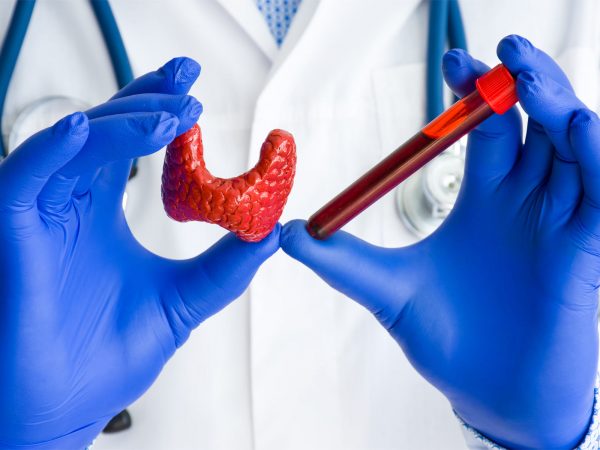Hormone Imbalance – Do You Suffer From This Silent Epidemic?
Do you ever feel tired or lack energy? Can’t seem to lose those extra pounds? Suffer from low thyroid function? Are you aging not quite as gracefully as you would like to? Do you go through mood swings or become irritated easily?
If your answer is yes to any of these questions, the culprit could be your hormones. And even if you are not suffering from noticeable symptoms, there is a very good chance your hormones are out of balance, dramatically increasing your risk of disease.
How Are Hormone Imbalances Created?
Imagine that you are a detective, given the following clues:
- At the turn of the last century, diabetes affected 0.01% of the U.S. population. Today, one in three Americans has diabetes or a precursor to it.
- In 1900, breast cancer was very rare. By 1960, it affected one in 20 women. Today, one out of three women develops breast cancer.
- Before 1921, a total of 20 cases of endometriosis had been reported worldwide. By 2000, nearly 20% of all U.S. women of childbearing age have endometriosis.
- A 1997 study showed that by the age of eight, one in seven white girls and half of African-American girls have started puberty.
- In the last 60 years, the average male sperm count has fallen by half… while the incidence of testicular cancer has tripled.
- During the year of 2002, the number of clinical cases of gynecomastia (male breast growth) doubled.
Morphing Genes… or Toxic Environment?
Now, keep your detective hat on. Do you think the human race has really changed that much in the last 100 years? Or do you believe that our environment (what we breathe, what we ingest and what we put on our skin) has something to do with it?
The answer, of course, is that the human race has changed very little in the last 100 years (at least in terms of our physiology and biology).
On the other hand, what we eat, drink and rub into our skin has changed completely… in a VERY short period of time. And these changes have profoundly impacted our hormones.
Here’s some more food for thought…
Hormones are biologically active in amounts as tiny as just one-trillionth of a gram and the average American consumes pounds of hormones and chemicals that mimic hormones every year!
While most people are familiar with the hormones produced inside of our bodies (like estrogen and testosterone), we often fail to realize that hormones and hormone-mimics (a.k.a.- endocrine disruptors) are introduced through the foods we eat and the products we use everyday.
And while the ill-effects of endocrine disruptors may not be seen or felt immediately, they set the stage for disease. These chemicals accumulate in fatty tissue and are released slowly into the body, dripping out their “hormonal instructions” over a long period of time.
What’s Causing Your Hormone Imbalance?
So why is this happening? Let’s take a look at the trends that parallel the endocrine epidemic:
- From 1920 to 2000, the U.S. production of synthetic chemicals increased from less than a million pounds a year to more than 140 billion pounds a year.
- In 1977, the FDA finds 38% of all grocery foods sampled contain pesticides. By 1998 that number climbs to 55%.
- In the 1990’s, the bottled water market heats up. In 2006 31 billion plastic water bottles were produced.
- In 1992, the FDA announced that 65% of women’s cosmetics sampled contained carcinogenic contaminants.
- As of 1998, 75,500 synthetic chemicals were registered as appearing in consumer products, agriculture and industry. The FDA oversees 8,000 chemicals used in foods and cosmetics alone.
Endocrine disrupting chemicals are everywhere. And if you think “a little” won’t hurt you, think again. Remember: these nasty compounds can be highly bioactive at just one trillionth of a gram.
But before you throw your hands up and concede to the demise of disruptors, take heart: with a little knowledge and planning, you can greatly reduce your exposure.
Learn about where you’ll find endocrine disruptors and how to avoid them here at Healing Gourmet:
- BPA
- PFOA/PFTE
- Pesticides
- Dioxins




Leave a Reply